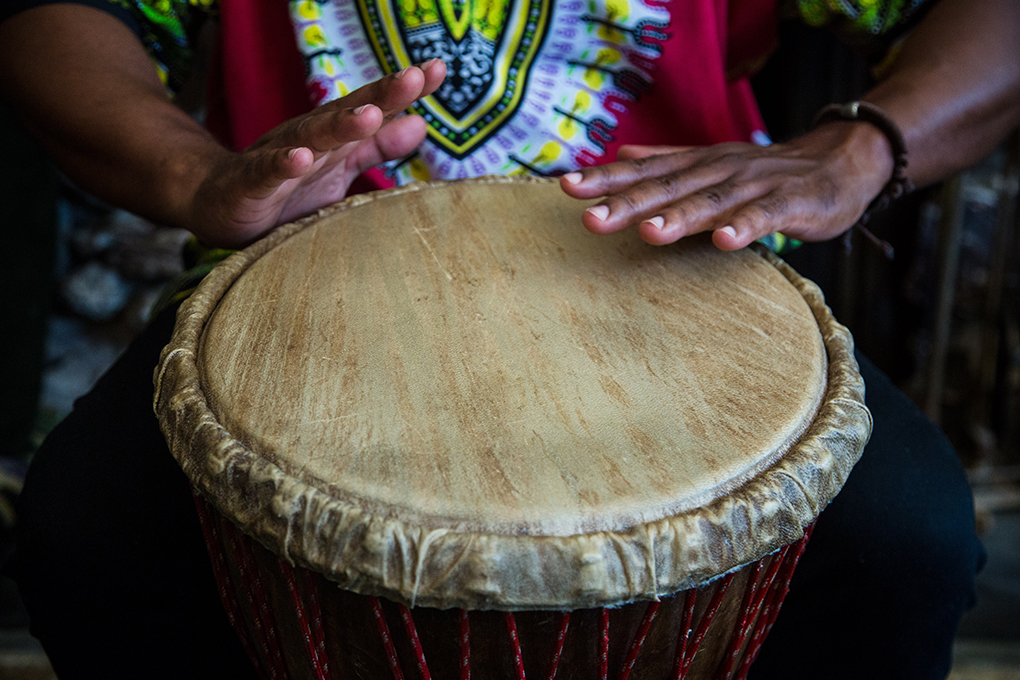Cultural heritage consists of unique and important elements of a culture that have been and continue to be passed down through generations. It is not limited to physical items, such as objects or monuments, but also includes ideas and practices, such as art forms, rituals, celebrations, oral traditions, and other forms of knowledge.
“An understanding of the intangible cultural heritage of different communities helps with intercultural dialogue, and encourages mutual respect for other ways of life,” says UNESCO. “The importance of intangible cultural heritage is not the cultural manifestation itself, but rather the wealth of knowledge and skills that is transmitted through it from one generation to the next.”
Recognizing the fragility of intangible cultural heritage, and the important role it plays in maintaining culture and diversity, UNESCO maintains an Intangible Cultural Heritage List. Each year, the committee responsible for the formulation and maintenance of this list meets to evaluate nominations and select new additions.
This year, dozens of new cultural practices and ideas from across the globe were added to the list. Here are the five Black contributions just added to UNESCO’s Intangible Cultural Heritage List.
1. Joumou Soup, Haiti
View this post on Instagram
For the people of Haiti, joumou soup represents freedom and independence. Traditionally eaten on January 1, the country’s Independence Day, the squash-based soup was historically cooked by enslaved Haitians for their masters. It was considered a delicacy and forbidden to the very people who prepared it.
After overthrowing the French during the Haitian Revolution, Jean-Jacques Dessalines became the first ruler of free Haiti. He had his wife prepare joumou soup and serve it to the formerly enslaved population, who had been forbidden from eating it. It became the national food of the country’s Black population and today remains known as “freedom soup.”
2. Rumba, Democratic Republic of the Congo & Republic of the Congo
View this post on Instagram
Both a dance and genre of music, Congolese rumba is an essential part of the cultural identity of both Congos. A form of artistic expression, it is used for celebration and mourning, with a variety of styles, including both romantic and religious.
The origins of rumba lie in a dance called nkumba, which means “waist” in the Kikongo language. Passed down through clubs, community organizations, and formal training schools, the Congolese rumba is used to convey social and cultural values.
Rumba musicians are known to take on apprentices who can continue to learn and transmit not only the skill of playing the music, but also the art of making the instruments.
3. Ceebu Jën, Senegal
View this post on Instagram
The national dish and most popular meal in Senegal, ceebu jën originated in the fishing communities of Saint-Louis with a cook named Penda Mbaye. The dish, whose name means “rice with fish” in Wolof, can also contain a variety of other ingredients depending on the region.
The preparer selects the vegetables and quality of fish according to the importance of the guest or event. Recipes and cooking techniques are traditionally passed down from a family’s older women to its younger ones.
According to Souleymane Jules Diop, Permanent Delegate Ambassador of Senegal to UNESCO, ceebu jën “symbolizes the place of women in our society, the role that they have always played in our society.“
The dish is considered so important that there are special rules that must be observed while eating it. For one, people must avoid sitting with a raised knee while eating it, and must not drop any grains of rice. Also, the bowl should always be held in the left hand when eating.
4. Moutya, Seychelles
View this post on Instagram
Moutya is a traditional dance of Seychelles that is accompanied by percussion and string instruments. It arrived in Seychelles along with the enslaved Africans brought to the island by the French in the early eighteenth century.
They would enjoy the music and dance at night, around bonfires away from the masters’ residences. The dance served as a form of comfort that helped them cope with a life of forced servitude, hardship, and injustice.
A sensual dance with simple choreography, moutya begins with the drums being warmed over the bonfire. As the drummers begin playing, the men in the crowd call out themes, typically based around social commentaries, and the women dancers respond using high-pitched voices. The men and women begin to dance together at a moderate tempo, coming close but never actually touching.
5. Malagasy Kabary, Madagascar
View this post on Instagram
Malagasy kabary is a Madagascan oratorical art, a form of poetic performance speech usually involving two orators. Originally, it was used by community leaders, typically older men, to inform people about administrative happenings and things going on in society. Today, it is more widespread, performed by women and the youth at social events, funerals, and family gatherings.
In fact, it is not uncommon for multiple generations of a family to perform it together at a gathering. It is seen as a way to strengthen relationships and create cohesion between groups.
According to UNESCO, malagasy kabary “is highly structured and consists of proverbs, maxims, rhetorical figures and wordplay… Its function is to express values and thoughts that give collective meaning to material facts.”
Related:These Seven Sites Have Now Been Added To UNESCO’s World Heritage List





